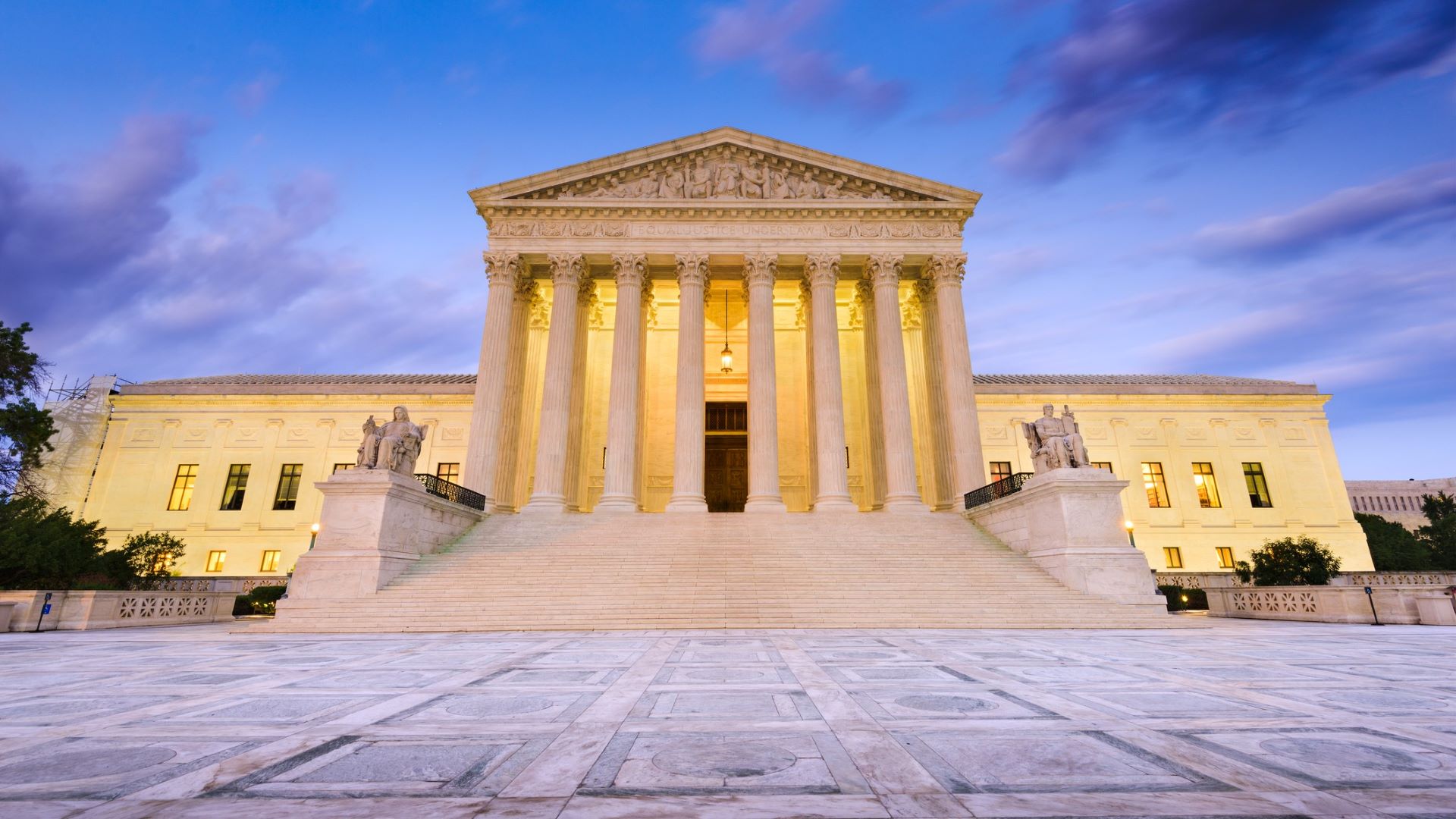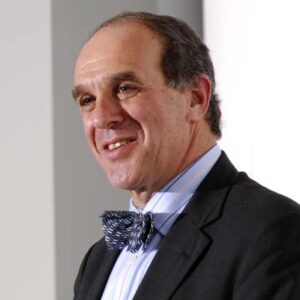When he looks out from the harbor near his summer residence in Port Clyde toward Andrew Wyeth’s beloved Allen Island, John Roberts may well wonder why the institution he loves, the Supreme Court he has led for nearly two decades, cannot be as untroubled as the scenes Wyeth was still painting when Roberts became chief justice.
The recently ended Supreme Court term was the second in which six conservative justices appointed by Republican presidents opposed three liberal justices appointed by Democratic presidents (though Ketanji Brown Jackson, who replaced Stephen Breyer last June, was serving her first term).
It may well be easier for Roberts to deal with this ideological division than with other concerns.
Roberts voted with a majority that included the three liberals on three important cases announced near the end of the court’s term — including one denying Republican states’ claim that only state legislatures acting independently, that is, not state courts or even state citizens voting in a referendum, had power over election laws. In these cases, and others decided throughout the year, the chief justice worked to find compromises that could garner a majority of the court’s support, including that of liberal justices.
Roberts can point out that he won far more victories than he sustained losses on divided cases. Some legal analysts have even wondered if there were three factions emerging on the court — the three liberals (Elena Kagan, Sonia Sotomayor and Brown Jackson), the three doctrinaire conservatives (Clarence Thomas, Samuel Alito and Neil Gorsuch), and the Roberts-led faction looking for consensus (Roberts, Brett Kavanaugh and Amy Coney Barrett).
But as shown dramatically by the decisions announced in the term’s final week, building coalitions on a few issues is not the same as taming a divided court, as was shown dramatically in the decisions announced to end the term.
The problem confronting Roberts is the court has lost its reputation as the neutral arbiter of fundamental conflicts in American society, and is now viewed as just another political institution. The problem is not new, but the court, long viewed most favorably among governmental institutions by the public, has fallen into disfavor, in part because it is viewed as yet another manifestation of the political polarization dividing our nation. According to a recent Gallup poll, nearly 60% of Americans view the court unfavorably, the highest number recorded.
The politicization of the court is not Roberts’ fault. Some trace it to the contentious confirmation hearings of Robert Bork in 1987 and Thomas four years later. It was on full display when the Republican-led Senate refused even to vote on President Obama’s nomination of Merrick Garland in 2016. Roberts can do nothing about the Senate’s politicizing presidential nominations, but he is left with the fallout.
Still, Roberts does bear some responsibility for the internal workings of the court. When word leaked that he switched his vote in 2012 to save Obamacare from being ruled unconstitutional, his actions were viewed as highly political. When the Dobbs decision, overturning four decades of precedent on abortion rights, was leaked last year, the political workings of the court were revealed. And the investigation into the leak, ordered by Roberts, did not find the culprit.
Roberts has also been criticized for his failure to respond to recent revelations by Pro Publica that two colleagues, Thomas and Alito, accepted significant gifts from individuals with business before the court without reporting those gifts on annual disclosure statements. As the chief justice, Roberts could start plans to adopt a Supreme Court code of ethics, but has resisted calls to do so.
Never were the politics and division of the court more apparent than in the last week of this term. On the decision overturning affirmative action in college admissions, Thomas took umbrage with Brown Jackson’s reasoning: “As she sees things, we are all inexorably trapped in a fundamentally racist society,” and she seeks to “label all blacks as victims . . . Her desire to do so is unfathomable to me.” She responded that Thomas “demonstrates an obsession with race consciousness that far outstrips my . . . holistic understanding that race can be a factor that affects applicants’ unique life experiences.” She characterized the attitude of the majority as “pie-in-the-sky” and “ostrich-like.”
Noting the dissents in the last week, particularly Kagan’s dissent in the case of a Colorado web designer who refused to work on same-sex weddings, Roberts addressed the division on the court: “It has become a disturbing feature of some recent opinions to criticize the decisions with which they disagree as going beyond the proper role of the judiciary … We do not mistake this plainly heartfelt disagreement for disparagement. It is important that the public not be misled, either. Any such misperception would be harmful to this institution and our country.”
Indeed, that perception is harmful to the court as an institution, but wishing it away will not make it disappear. Roberts understands this; it will be the greatest test of his leadership. As he looks out to Allen Island this summer, he must yearn for the peaceful world that Wyeth so magnificently captured.







